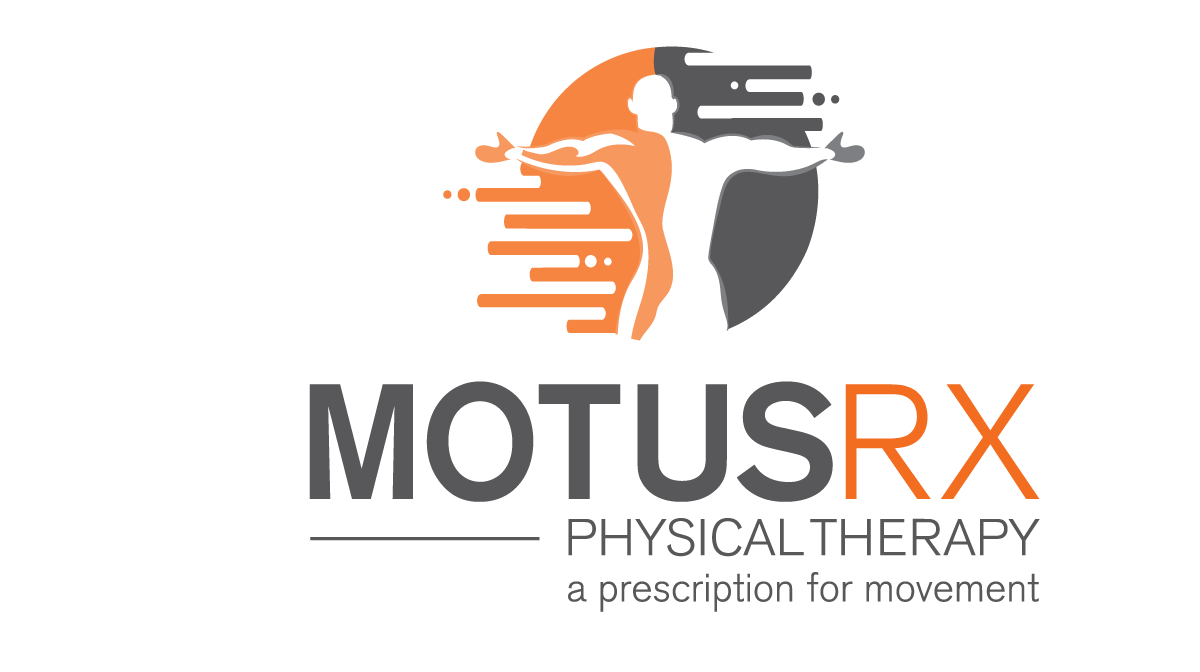Squat Goals: ankles, hips, and UPPER BACK?
In the final portion of our 3 part series on “pinchy” hips with squatting, we’re going to discuss how your upper back and posture at the bottom of a squat can affect what you feel in your hips, especially if you tend to “fall forward” through the spine with your squat.
So to review, 1st we discussed what the problem might be locally at the hip and hip flexors...click here to read part 1. Then we addressed what might be happening at your ankles to affect your squat mechanics and hip pain...click here to read part 2.
Today, let’s move up the chain. The thoracic spine and upper quadrant are both key components to a squat that is going to be performed efficiently. This is because at the depth of the squat, many of us lack the ability to maintain an upright/neutral spine that doesn’t tend to “fall” or “lean” forward. This certainly can be coming from the ankles, hips, weakness elsewhere, but it is definitely a possibility that your upper back and spine are weak and unable to remain rigid.
How this changes the overall mechanics of your squat can be analyzed, debated, and discussed for a lot longer than I’m willing to write in this article. BUT, we know it’s important and we know people struggle with it.
So simply put, if your upper quadrant (upper back and shoulders) lacks the mobility, stability, or strength to remain upright and you have to induce spinal flexion at the upper portion, the pelvis and lower back will have to compensate and work against that potential force. What this means is that your pelvic tilt may have to change at the depth of the squat to compensate for this falling forward and can place all sorts of novel stresses through your hip joints.
Let’s take a look at a squat that tends to “fall forward” at the upper quadrant.
Let's hit the slopes!!!
If you drew one line from the ankle to the knee and and another from the hip to the shoulder in the above picture...you would notice how they would not be parallel. This is not always ideal or even a good thing if you have weight, but closer to parallel will help back and hip health.
Because of how gravity falls through our body while our hips get pushed down and back with the squat, our trunk is forced to take a forward lean. But we’d like to think we can keep our spine neutral when theres load. However, a restricted spine, weakened mid/upper back, weakened shoulder blades/shoulders, and tightness in the ankle are very problematic for carrying out an efficient response like we’re hoping for.
So, in order to improve your squat mechanics, reduce pinching in the hips, and get you feeling more confident in some of these end-range positions let’s focus on 3 things today (not all inclusive).
Thoracic spine extension
Thoracic spine and shoulder blade strength
Upper Quadrant Motor Control
First, the possibility exists that you may have a challenge with segmental mobility of the thoracic spine into extension meaning that your body has built up a “wall” of sorts to move and maintain the extended/upright position. The drill below will help to work into and improve this…
Second, we need to have adequate strength of our spinal extensors and scapular stabilizers that can keep an erect spine and good shoulder blade and shoulder position.
Last, but not all inclusive is tying it all together with some motor control drills. Meaning, let’s get the body to understand and reprogram what being in the challenging position actually feels like by giving it some assistance to complete the task. The Goblet Squat Iso hold is a great drill to re-program a good neutral spine during the squat depth.
I would tend to work on these in this order and wouldn’t progress from 1 to 2 or 2 to 3 until you feel you’ve mastered each level.
So that’s the completion of our 3 part series on improving squat mechanics and reducing pinching in the hips. Pinching or no pinching, any of the ideas or exercises in the past 3 blog posts can drastically improve your squat performance and health.
Looking for other ways to bulletproof your active body so you can continue remain active for years to come? Download (click image) our Free E-Book “9 Ways to Bulletproof your body for any WOD.”
Stay in the gym my friends,
Eric Wallace, DPT, TPI Medical Professional


